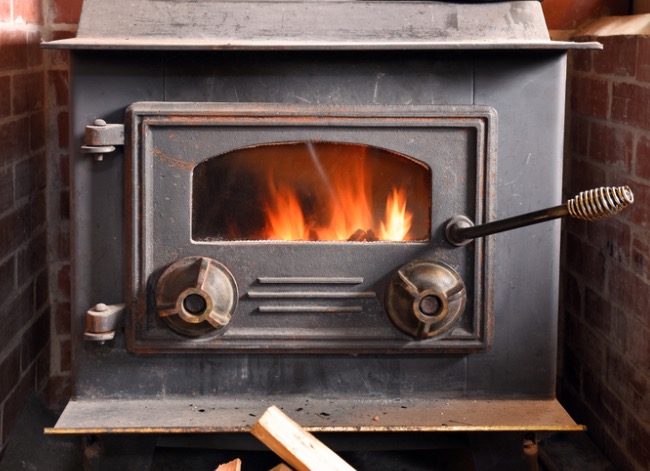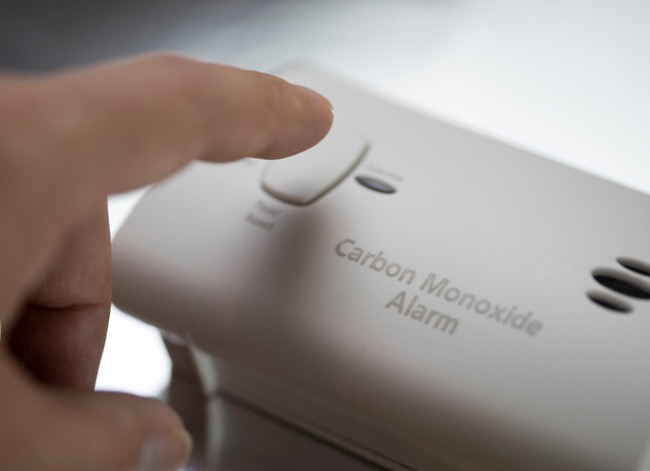We may earn revenue from the products available on this page and participate in affiliate programs. Learn More ›
The CDC reports that every year, an average of 430 people die in the United States from accidental carbon monoxide poisoning, and it causes an estimated 50,000 people to end up in the emergency room. Carbon monoxide is known as the silent killer because it’s completely undetectable to humans. While December marks the time of the year when carbon monoxide poisoning cases begin to rise, there are safety measures you can put in place to ensure your household is safe.
Why Risks Are Higher in Winter
While carbon monoxide poisoning can occur at any time of the year, there is an uptick in cases every winter. In 2015, 36 percent of carbon monoxide-related deaths took place in December, January, or February, according to the CDC. There are several reasons this increase takes place.
According to Johns Hopkins University, unvented gas or kerosene space heaters are the primary cause of residential carbon monoxide poisoning. Clogged chimneys, malfunctioning wood-burning fireplaces, and gas log burners are also common culprits.

After a winter storm, power outages may cause people to seek out alternative heat and light sources—like generators, camping stoves, portable gas lanterns, or charcoal grills—that can result in a carbon monoxide buildup if used improperly. Another potential cause is vents and fresh-air intakes being blocked after a heavy snowfall. Heating up a car in an enclosed garage is another behavior that poses a risk of carbon monoxide poisoning.
How to Prevent Carbon Monoxide Poisoning
While the idea of carbon monoxide poisoning can be scary, it’s entirely preventable if you follow these simple steps.
- Install a carbon monoxide detector in your home. Since carbon monoxide is both odorless and invisible, the first line of defence is a high-quality carbon monoxide detector. Be sure to install a detector on every floor of the home. Check the batteries every 6 months to ensure they’re in working order.
- Know the symptoms. Common symptoms of carbon monoxide poisoning include dizziness, headache, nausea, vomiting, and chest pain. People who are sleeping, however, may not experience any symptoms, making a detector even more essential.
- Have your furnace inspected. Oil and gas furnaces are some of the primary sources of carbon monoxide leaks. Be sure to have your furnace inspected annually by a licensed professional. The same rules apply for any other indoor heating source.

- Don’t use a generator indoors. Only use personal generators outdoors at a distance of at least 20 feet from your home.
- Call 911. If the carbon monoxide alarm goes off or you suspect a carbon monoxide leak, leave the house immediately to get fresh air and call 911.


